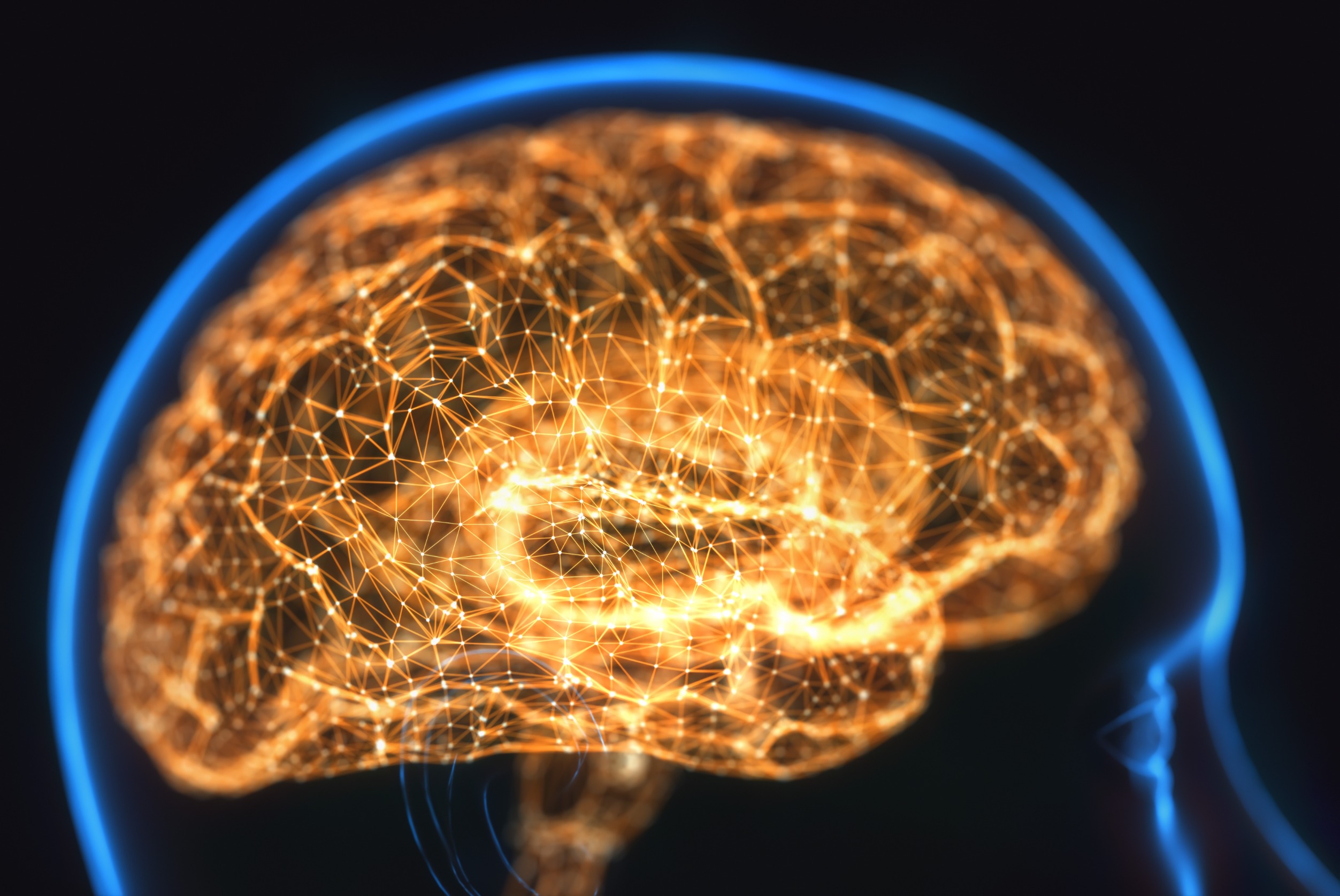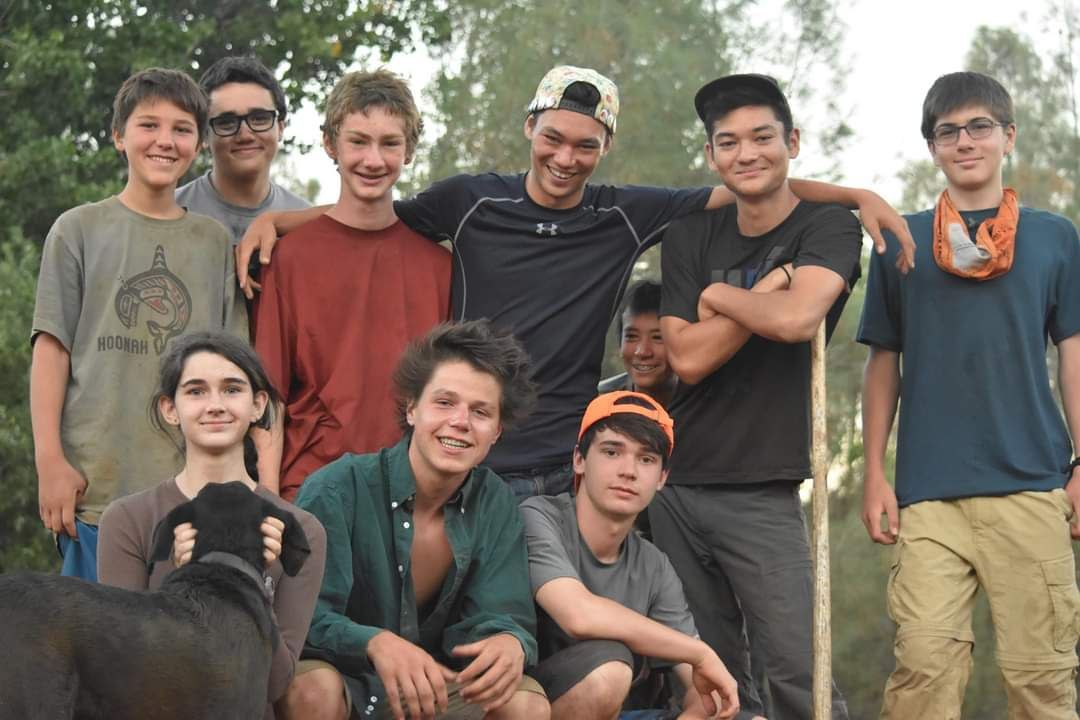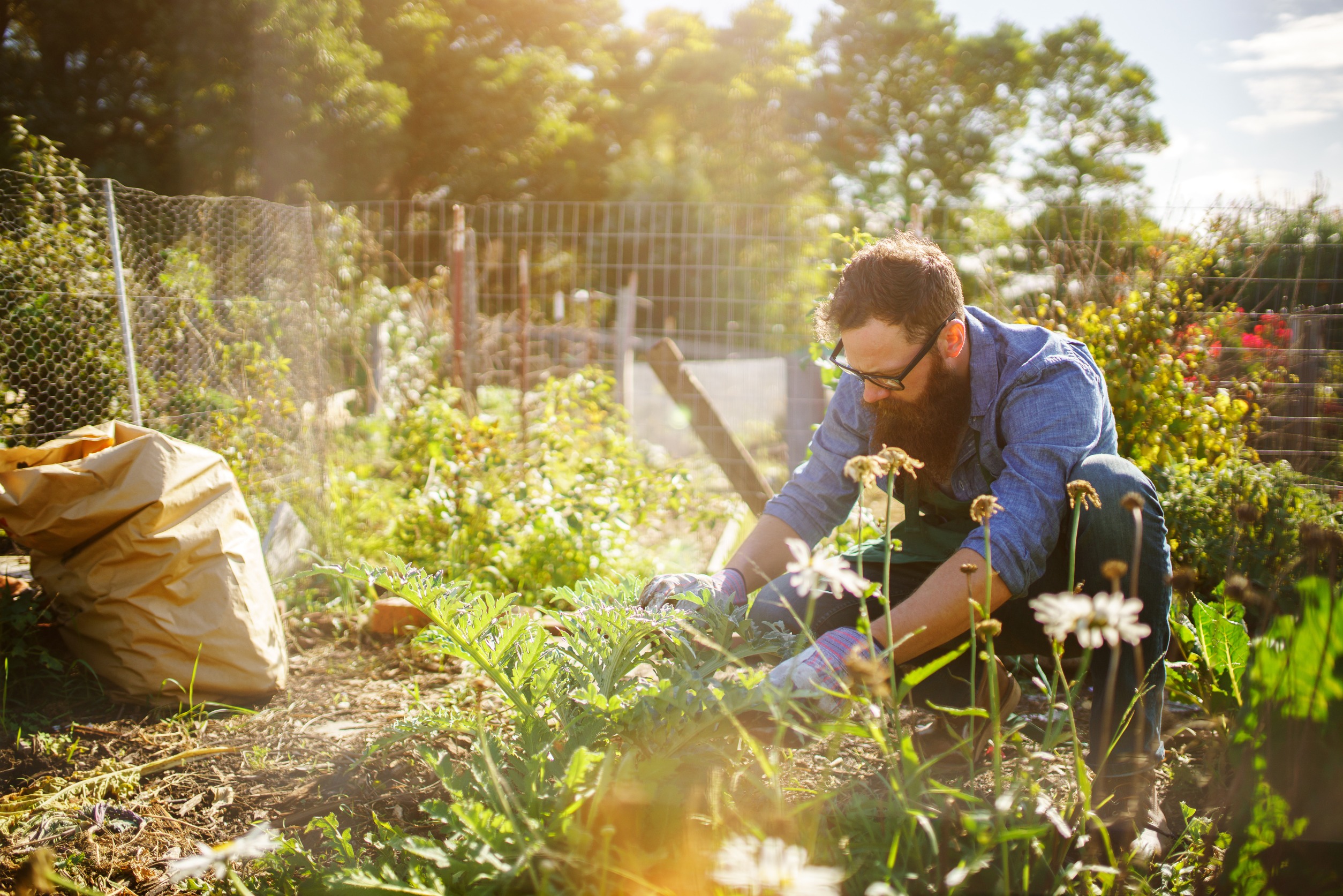Greatest Generation 2.0 – Column by Brian D. King
Man is the apex predator. Yet, when we compares our physical ability to that of other apex predators, we seem rather pathetic. Let’s juxtaposed a man, a puma, and a wolf. I pick these not just due to their success, but because an athletic man out weighs both of these predators. We must have some sort of superpower to compete with them. We cannot use our sense of smell to locate our prey, that is the wolf’s superpower. We cannot use our eyesight to spot prey at a distance at night, that is one of the superpowers of the cougar. We can’t out run our prey, jump on its back, and take it down with our claws and drive our teeth through our prey’s skull, but the cougar can. In fact, the cougar can leap across forty feet or straight up twenty feet to grab it’s prey. We cannot even get through the hide with just our teeth. So what makes us a super apex predator? What is our superpower which makes us the ultimate apex predator?
It’s our brain, our ability to use logic and reasoning.
- We can read tracks and signs and then envision what animal left the track and what it was doing. This is what allows us to read words on the written page.
- We can predict the future by what these prints in the dust and mud tell us.
- We have the imagination to solve problems, make tools, or create a process to do more than simply harvest our prey.
- Related to #3, We have the opposing thumb and forefinger and the brain power to use them, which allows us to make and use tools.
Our brains are very adapted to quickly learn and apply these skills. But how? What is learning?
Learning, truly at neurological level, is simply storing information in a neuron, such as the image of an animal track on the ground. The image of the animal running to make the print is stored in another neuron. The two, really many neutrons, are connected with a conductor called the axon, and like any electrical conductor it must be insulated. This insulation is called myelin.

I am not a neurogenesis scientist or even a expert on the subject. I go down the neurogenesis rabbit hole every three years or so to geek out on the subject just to become a better teacher for my students. Pedagogy is no more than the process of aiding a student in making long lasting robust connections, and doing this efficiently.
What does this mean to me, and why do I take the time and effort? I want to give the best foundation for a student to gain scope, depth, and mastery of a subject in the least amount of time with the least amount of effort.
Here is my pedagogy (i.e., the effective procedure to learning):
- We start by writing down written goals. This makes the first connection in the brain. It is a good first step in learning.
- Note sketch using both words and drawings. This process makes more connections in the brain over only written words. The more material connections made in the brain, the better the recall. We should have 1:1 notes to sketches.
- No more than eight consecutive minutes, or else no more learning or making memories can take place. A trick is to move onto a completely different subject, like going from physics to cord changes on the guitar. Cerebral fluid is refreshed by learning in a different place in the brain for eight minute intervals. If this is done seven times in an hour, more is leaned than two hours spent on the same subjects.
- The value of rough and tumble play cannot be over stated in its ability to enhance movement and oxidation of the cerebral fluid. This physical movement assures fresh cerebral fluid is around where the axon is being wrapped in myelin.
- The rule of seven reps, seven times per day, make a robust command of a skill. The skill is introduced at school and is performed in a set of seven reps, in eight minute groupings, four times in an hour. This is done twice during the school day. Do this right after getting home or on the drive home. Once before dinner, once after dinner, and just before retiring for the night. Rewrite your notes for this last rep. If completed just before you go to sleep, you will perform it during rapid eye movement during sleep.
- The next morning, do it again just as you wake up. Rewrite your notes from memory.
In my next column, we will cover what amino acids, minerals, and vitamins must be present to make the connection and wrap myelin. We will also discuss how to assess whether learning is taking place.







